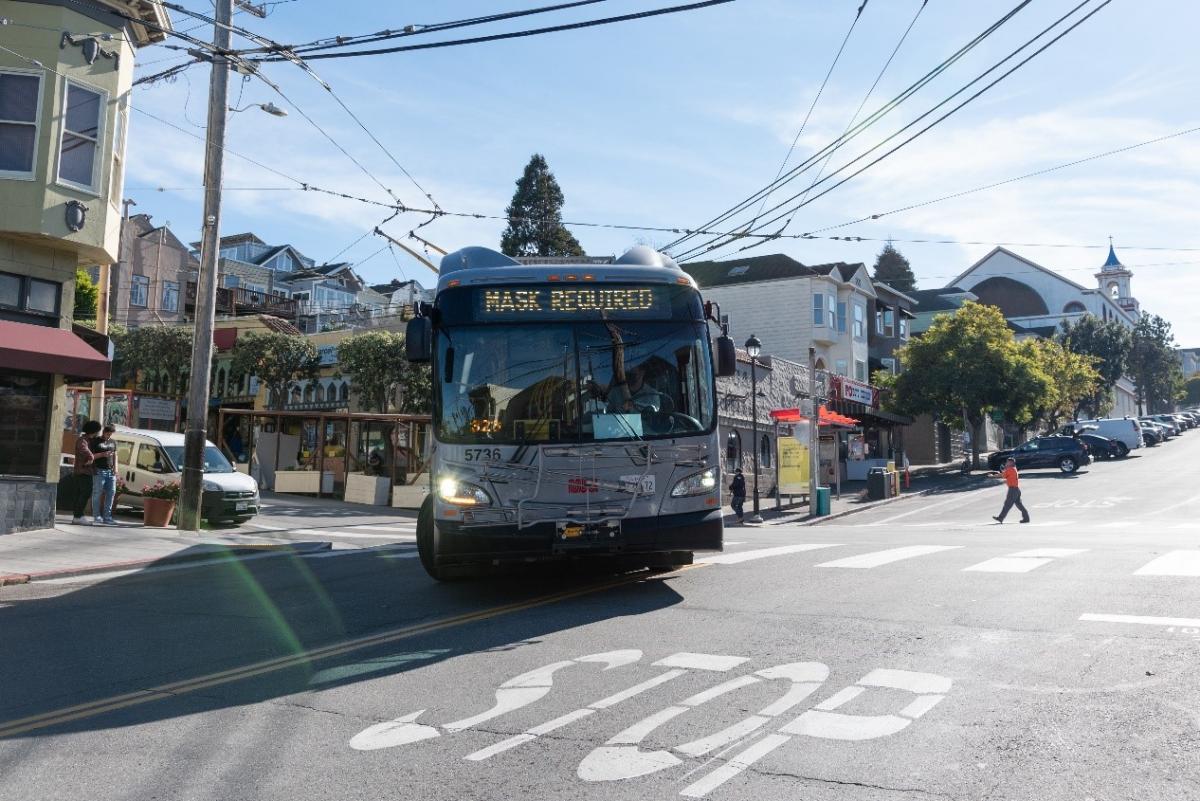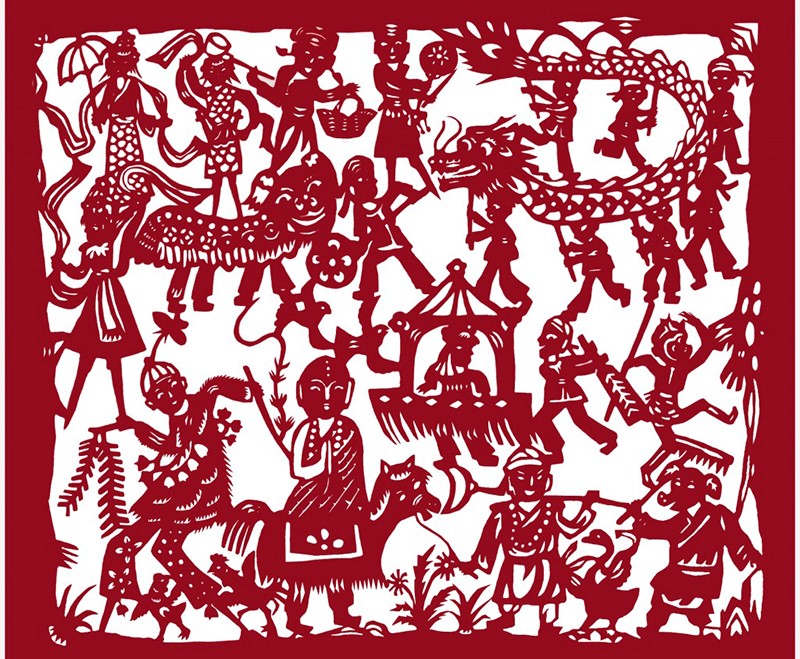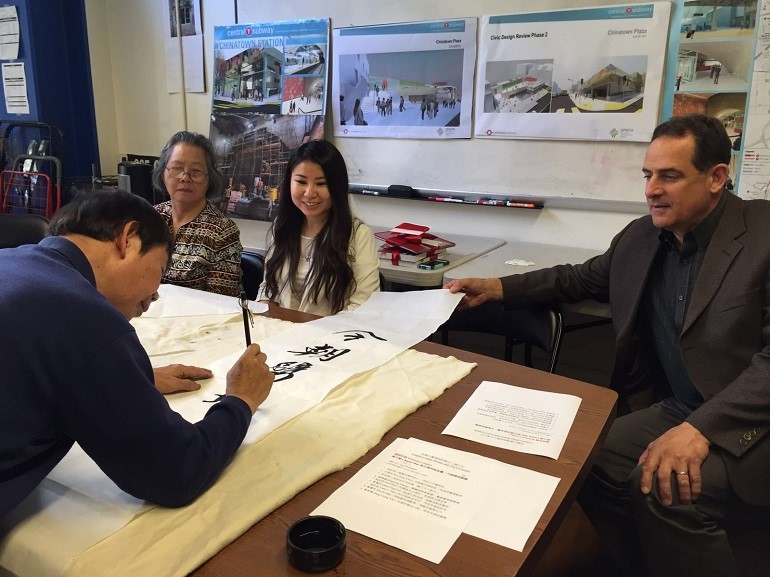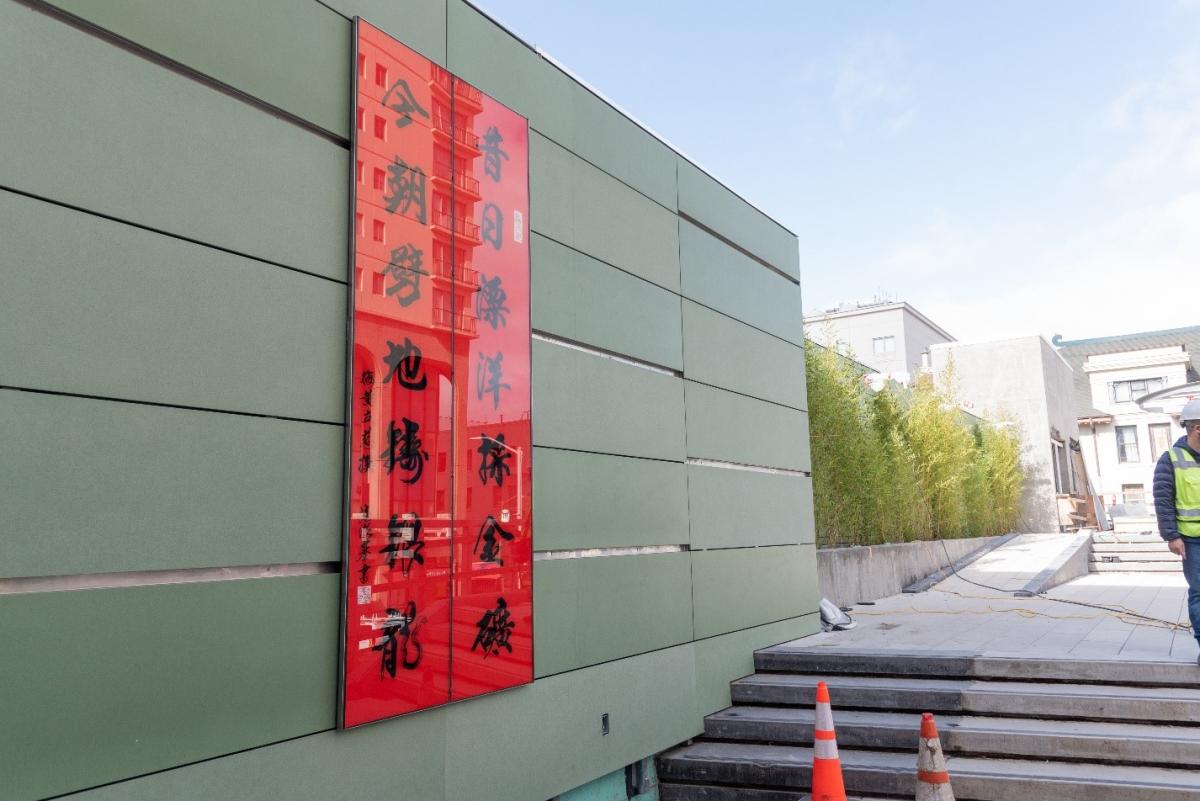Growing India News, world news, nation news, our news, people's news, grow news, entertainment, fashion, movies, tech, automobile and many more..
Saturday, February 20, 2021
Show HN: ClubCircle – gradient borders and status badges for Clubhouse avatars https://ift.tt/3ayVZOs
Show HN: Crypto Mining Pools Aggregator https://ift.tt/3uc77J0
Free Muni and Paratransit to COVID-19 Vaccine Appointments
By Phillip Pierce

Free Muni and Paratransit to COVID-19 Vaccine Appointments
Starting on Tuesday, February 23, Muni and Paratransit will be free for those traveling to get vaccinated for COVID-19. This includes trips in both directions. The SFMTA is also providing additional access to taxi service for those who use the Essential Trip Card.
These rides are good for trips to the city-sponsored high-volume vaccine sites, hospitals or anywhere else that is offering vaccines. More information on the city-sponsored sites as well as directions on how to get there can be found on the city vaccination website.
We know that getting San Franciscans vaccinated is the city’s highest priority. This program is designed to eliminate transportation and cost barriers to receiving this life-changing vaccine.
How to Ride on Muni
Use our trip planner or service map to find the best way to get to your vaccination destination. Simply catch the bus and head to where you need to go. Please have your vaccine appointment confirmation or instructions ready in case SFMTA staff asks to see your proof of payment.
Paratransit
Paratransit rides on SF Access van service to and from vaccination appointments will be free for eligible participants. Paratransit van riders must call to make a trip reservation and indicate that they are going to get their COVID-19 vaccine. Staff will make a note in their records to alert the driver that the rider does not need to pay a fare for their trip.
Paratransit taxi riders will have $60 loaded onto their taxi debit card, which will be valid for up to six months, to get to and from their vaccine appointment. Funds should be available starting next week. If you are a paratransit taxi rider and have a question about the value on your card or want to confirm if the additional value has been added, you may call 415.351.7000 or check your card’s transaction history on the SF Paratransit Taxi online portal.
More information can be found on the SFMTA Paratransit website.
Essential Trip Card
The Essential Trip Card (ETC) already subsidizes about two to three round trips by taxi per month for older adults (persons 65 and older) and people with disabilities. Eligible participants pay 20% of the taxi fare for essential taxi trips. To pay, each rider is issued an ETC debit card, which they can load with value every month. If ETC participants think that the cost of their trips to vaccine appointments will require more funds than they can currently load each month, they can add $60 of additional funds, at the cost of $12 to the rider, one time only. Existing ETC customers can add this new value on-line, by phone or by mail, same as usual. New applicants can sign-up by calling 311.
Published February 20, 2021 at 12:10AM
https://ift.tt/3sdPCWL
Friday, February 19, 2021
Launch HN: MindsDB (YC W20) – Machine Learning Inside Your Database https://ift.tt/2ZuqrTN
Launch HN: HiGeorge (YC W21) – Real-time data visualizations for public datasets https://ift.tt/2NGzfTM
Show HN: Archive as you browse, store locally and/or share with others via IPFS https://ift.tt/3qAQ01d
Virtual Parade and New Central Subway Art Ring in Lunar New Year
By Sophia Scherr
We are entering the year of the Ox, typically symbolizing hard work, positivity, and honesty. This year the SFMTA will continue the tradition of celebration with the virtual San Francisco Chinese New Year Parade on February 20th at 6 pm on KTVU.
Celebrating Lunar New Year and the San Francisco Chinese community has been a long-standing tradition for many of us. In 1849, San Francisco’s population swelled to 50,000 and many of the new residents were Chinese immigrants, coming to work in gold mines or on railroad lines. By the 1860’s, the Chinese were eager to share their culture with others and the annual tradition of parade and pageantry was born. A variety of other cultural groups throughout the city were invited to participate, and they marched down what today are Grant Avenue and Kearny Street with colorful flags, banners, lanterns, and drums and firecrackers to drive away evil spirits. The city’s Chinese New Year Parade is one of the largest celebrations of its kind in the world, attracting over three million spectators and television viewers throughout the U.S., Canada and Asia.
In line with what the year of the Ox signifies, we also look forward to seeing our work come to fruition when the Central Subway Project's Chinatown - Rose Pak station opens in 2022. As part of this milestone, the SFMTA in partnership with SFAC’s Public Art Program, the Chinese Culture Center, Chinatown Community Development Center, and the Chinese Historical Society have envisioned a vibrant art program for Chinatown’s station. Three significant prominent artworks by artists Tomie Arai, Yumie Hou and Clare Rojas are being installed, infusing the quintessential Chinatown spirit into their works, connecting the past, present and future. These artworks also serve as wayfinding – from marking the entrance to the station, to signaling to riders their arrival at Chinatown with placement of prominent works on the platform walls.

Traditional Chinese paper cut artist Yumei Hou developed large murals that will adorn the station
Ongoing community involvement is an essential to ensuring that Chinatown residents had a role in the artwork design process. The Chinese Cultural Center helped convene community meetings so that the artists would be able to meet residents and receive feedback on their proposed designs. Through this support, artists and community members were able to collaborate on the design of the installations. Artist Tomie Arai was able to work with local photographer Bob Hsiang to photograph students from Gordon J. Lau Elementary School who were then featured in her work.
Central Subway Project outreach staff and their partners at the Chinatown Community Development Center wanted to ensure that all aspects of Chinese culture and art were represented in the art program that will adorn the entryway of the stations roof-top plaza. The center conducted a couplet contest that garnered 120 couplet entries from local, national and international poets. San Francisco poet, Carin Mui was selected, her couplet, a form of Chinese poetry with two lines of verse that have a joined meaning and follow a list of exacting rules reads “In the past, we traveled across the Pacific to mine for gold; Now, we break through earth to form a silver dragon.”

Artist Terry Luk paints the winning couplet for the Chinatown Central Subway Station, as composer Carin Mui, former Chinatown Community Development Center staffer Jerri Diep and former Central Subway Program Manager John Funghi look on.

The winning couplet was recently installed in the public plaza above the Chinatown – Rose Pak Station
Public art in our stations is important not only for its aesthetic or beauty, but helps draw out the identity of a space, aids in the understanding of the historic or cultural significance of a neighborhood and builds a connection between visitor and the surrounding community. It’s an important reminder of the power of art to address the complexity and diversity of neighborhoods and to maintain cultural identity in the face of rapid urban transformation.
Published February 19, 2021 at 05:24AM
https://ift.tt/37pAePq
Show HN: Anti-Cluely – Detect virtual devices and cheating tools on exam systems https://ift.tt/onuTQWR
Show HN: Anti-Cluely – Detect virtual devices and cheating tools on exam systems Anti-Cluely is a lightweight tool designed to detect common...
-
Show HN: An AI logo generator that can also generate SVG logos Hey everyone, I've spent the past 2 weeks building an AI logo generator, ...
-
Show HN: Snap Scope – Visualize Lens Focal Length Distribution from EXIF Data https://ift.tt/yrqHZtDShow HN: Snap Scope – Visualize Lens Focal Length Distribution from EXIF Data Hey HN, I built this tool because I wanted to understand which...
-
Show HN: Federated IndieAuth Server implemented as a notebook https://ift.tt/32IC633 April 27, 2021 at 04:37PM